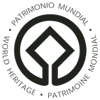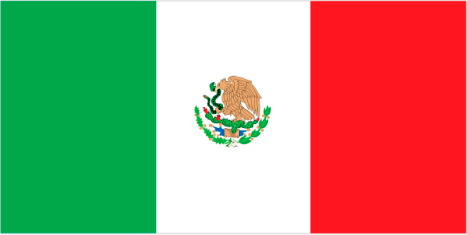 |
UNESCO World Heritage for Mexico |
 |
|---|
UNESCO World Heritage Sites represent some of the best natural, cultural and historic attractions in world travel. Below are details of the 34 cultural, natural and mixed sites inscribed for Mexico to date (a red World Heritage symbol denotes a site currently regarded as endangered). For more details of these properties, click on the links to the UNESCO website and the photographic galleries of these sites from OurPlace (where available) or see our highlights of Mexico for descriptions. Also, check out UNESCO's Intangible Cultural Heritage for Mexico below.
 Historic Centre of Mexico City and Xochimilco |  Pre-Hispanic City and National Park of Palenque |  Historic Centre of Oaxaca and Archaeological Site of Monte Albán |  Sian Ka'an |
 Historic Centre of Puebla |  Pre-Hispanic City of Teotihuacan |  Pre-Hispanic City of Chichen-Itza |  Historic Town of Guanajuato and Adjacent Mines |

Intangible Cultural Heritage
Recently UNESCO has begun to document the world's Intangible Cultural Heritage which includes "traditions or living expressions inherited from our ancestors and passed on to our descendants, such as oral traditions, performing arts, social practices, rituals, festive events, knowledge and practices concerning nature and the universe or the knowledge and skills to produce traditional crafts". The current listings for Mexico are shown below - click on the links for more details.
Representative List of the Intangible Cultural Heritage of Humanity
Programmes, projects and activities for the safeguarding of intangible cultural heritage considered to best reflect the principles and objectives of the Convention
 | 2012 - Xtaxkgakget Makgkaxtlawana: the Centre for Indigenous Arts and its contribution to safeguarding the intangible cultural heritage of the Totonac people of Veracruz, Mexico |
|---|



